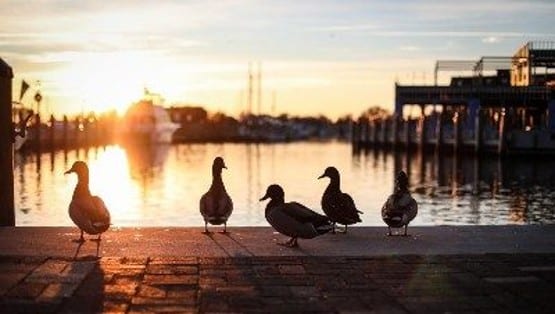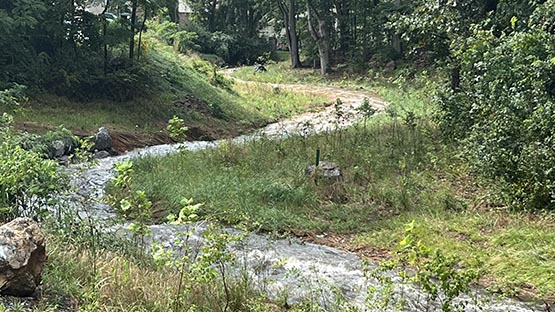
Chesapeake Bay Program announces reduction of pollution from all seven jurisdictions
The Chesapeake Bay Program announced last week that progress has been made in reducing pollution flowing into the Chesapeake Bay.

The Chesapeake Bay Program announced last week that progress has been made in reducing pollution flowing into the Chesapeake Bay.

More than $13.4 million in grant awards to protect and restore the Chesapeake Bay watershed in Virginia was announced today.

Sportfishing groups and environmentalists are calling for a partial moratorium on Virginia’s menhaden reduction fishery, citing troubling declines of certain bird and fish species that feed on them.

The Chesapeake Bay’s oxygen-starved “dead zone” in 2023 was the smallest observed in nearly 40 years of monitoring, scientists recently reported.

The Chesapeake Bay’s 2023 dead zone was the smallest recorded since monitoring began in 1985 thanks to below-average rainfall.

As of 2022, data shows that 9.1 million acres of land in the Chesapeake Bay watershed is permanently protected from development.

When a Florida manatee swims into the Chesapeake Bay, it makes waves. Such was the case on Aug. 19, when one of the gentle giants was photographed munching on underwater grass in the St. Mary’s River in Maryland.

The U.S. EPA will invest $9.6 million into restoring the Chesapeake Bay with projects funded by the Bipartisan Infrastructure Law.

Until recently, underwater grasses grew so densely near the mouth of Maryland’s Gunpowder River that boaters say they had to skirt the sprawling vegetation to keep it from tangling their props.

Public Works departments in Harrisonburg and Waynesboro are currently accepting comments related to their Chesapeake Bay Total Maximum Daily Load action plans.
Augusta Free Press LLC | Privacy Policy
